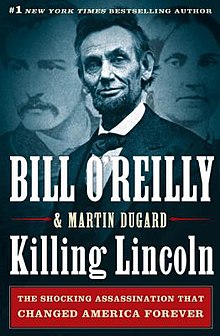
John Wilkes Booth was an American stage actor who assassinated United States President Abraham Lincoln at Ford's Theatre in Washington, D.C., on April 14, 1865. A member of the prominent 19th-century Booth theatrical family from Maryland, he was a noted actor who was also a Confederate sympathizer; denouncing President Lincoln, he lamented the then-recent abolition of slavery in the United States.

Samuel Alexander Mudd Sr. was an American physician who was imprisoned for conspiring with John Wilkes Booth concerning the assassination of Abraham Lincoln.

William James O'Reilly Jr. is an American conservative commentator, journalist, author, and television host.

Lewis Thornton Powell, also known as Lewis Payne and Lewis Paine, was an American Confederate soldier who attempted to assassinate William Henry Seward as part of the Lincoln assassination plot. Wounded at the Battle of Gettysburg, he later served in Mosby's Rangers before working with the Confederate Secret Service in Maryland. John Wilkes Booth recruited him into a plot to kidnap Lincoln and turn the president over to the Confederacy, but then decided to assassinate Lincoln, Seward, and Vice President Andrew Johnson instead, and assigned Powell the task to kill Seward.
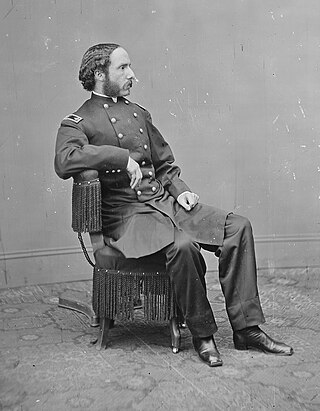
Henry Reed Rathbone was a United States military officer and diplomat who was present at the assassination of President Abraham Lincoln. Rathbone was sitting with his fiancée, Clara Harris, next to the president and his wife, Mary Todd Lincoln, when John Wilkes Booth entered the president's box at Ford's Theatre and fatally shot Lincoln in the head. When Rathbone attempted to prevent Booth from fleeing the scene, Booth stabbed and seriously wounded him.
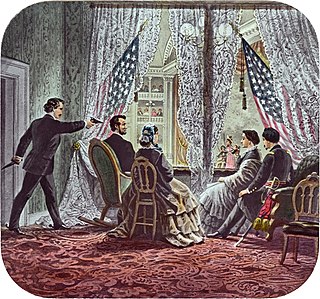
On April 14, 1865, Abraham Lincoln, the 16th president of the United States, was assassinated by well-known stage actor John Wilkes Booth, while attending the play Our American Cousin at Ford's Theatre in Washington, D.C. Shot in the head as he watched the play, Lincoln died the following day at 7:22 am in the Petersen House opposite the theater. He was the first president to be assassinated. His funeral and burial were marked by an extended period of national mourning.
Martin Dugard is an American author living in Rancho Santa Margarita, Orange County, California. He and his wife have three sons.
John Minchin Lloyd was a bricklayer and police officer in Washington, D.C., in the United States. He was one of the first police officers hired by the Metropolitan Police Department of the District of Columbia when its Day Watch was first formed in 1855. He played a role in the trial of the conspirators in the Abraham Lincoln assassination. Arrested but never charged in the conspiracy, Lloyd's testimony was critical in convicting Mary Surratt.

The Prisoner of Shark Island is a 1936 American drama film loosely based on the life of Maryland physician Samuel Mudd, who treated the injured presidential assassin John Wilkes Booth and later spent time in prison after his controversial conviction for being one of Booth's accomplices. The film was produced by Darryl F. Zanuck, was directed by John Ford and starred Warner Baxter and Gloria Stuart.

Our American Cousin is a 2008 opera in three acts by American composer Eric Sawyer with libretto by poet John Shoptaw. The opera depicts the assassination of Abraham Lincoln from the standpoint of the actors presenting Tom Taylor's play of the same name at Ford's Theatre at the end of the American Civil War. It aims to offer something new in the realm of American contemporary opera, an American myth told in an unfamiliar way, with both poetic and musical language drawing from the past but refracted through the present.

The Conspirator is a 2010 American mystery historical drama film directed by Robert Redford and based on an original screenplay by James D. Solomon. It is the debut film of the American Film Company. The film tells the story of Mary Surratt, the only female conspirator charged in the Abraham Lincoln assassination and the first woman to be executed by the US federal government. It stars James McAvoy, Robin Wright, Justin Long, Evan Rachel Wood, Jonathan Groff, Tom Wilkinson, Alexis Bledel, Kevin Kline, John Cullum, Toby Kebbell, and James Badge Dale.
Events from the year 1865 in the United States. The American Civil War ends with the surrender of the Confederate States, beginning the Reconstruction era of U.S. history.
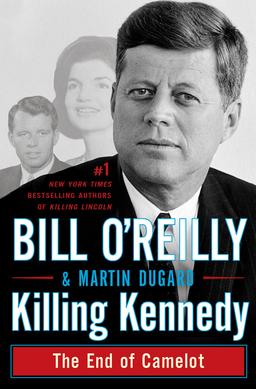
Killing Kennedy: The End of Camelot is a 2012 non-fiction book by Bill O'Reilly and Martin Dugard about the assassination of the 35th President of the United States John F. Kennedy. It is a follow-up to O'Reilly's 2011 book Killing Lincoln. Killing Kennedy was released on October 2, 2012 through Henry Holt and Company.
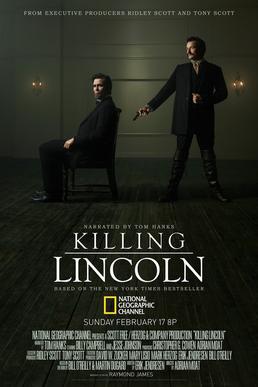
Killing Lincoln is an American television film inspired by the 2011 book of the same name by Bill O'Reilly and Martin Dugard. This two-hour political docudrama contains events surrounding the presidency and assassination of Abraham Lincoln. It was originally broadcast on National Geographic Channel on February 17, 2013. Narrated and hosted by American actor Tom Hanks, the film stars Billy Campbell as President Lincoln and Jesse Johnson as John Wilkes Booth. It was written and executive produced by Erik Jendresen, directed by Adrian Moat (Gettysburg), produced by Chris Cowen, Mark Herzog, Ridley Scott, Tony Scott, Mary Lisio, David Zucker, and Terri Weinberg.

Killing Kennedy is a 2013 American television film based on the 2012 non-fiction book of the same title by Bill O'Reilly and Martin Dugard, starring Rob Lowe, Will Rothhaar, Ginnifer Goodwin, and Michelle Trachtenberg. The movie dramatizes the presidency and assassination of John F. Kennedy, as well as the life of Lee Harvey Oswald in the years leading up to the assassination.
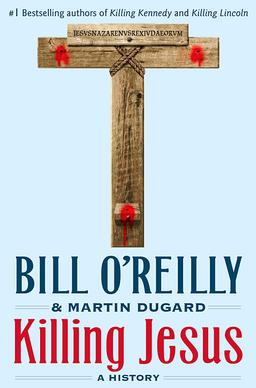
Killing Jesus: A History is a 2013 book by Bill O'Reilly and Martin Dugard about the life and crucifixion of Jesus, referred to in the book as Jesus of Nazareth. It is the follow-up to Killing Kennedy and Killing Lincoln. Killing Jesus was released September 24, 2013, through Henry Holt and Company.

Killing Patton: The Strange Death of World War II's Most Audacious General is a book written by Bill O'Reilly and Martin Dugard about the final year of World War II and the death of General George Patton, specifically whether it was an accident or an assassination. The book is the follow-up to Killing Kennedy, Killing Lincoln, and Killing Jesus and was published in September 2014 through Henry Holt and Company.

Killing Jesus is an American television film inspired by the 2013 book of the same title by Bill O'Reilly and Martin Dugard. This is National Geographic's third installment of television adaptations of O'Reilly's non-fiction books, which include Killing Lincoln and Killing Kennedy. The cast includes Haaz Sleiman, Kelsey Grammer, Stephen Moyer, Emmanuelle Chriqui, and John Rhys-Davies.
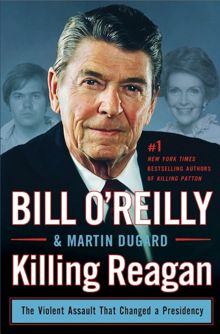
Killing Reagan: The Violent Assault That Changed a Presidency is a book written by Bill O'Reilly and Martin Dugard about the attempted assassination of U.S. President Ronald Reagan in 1981. It is the fifth in the Killing series, following Killing Lincoln, Killing Kennedy, Killing Jesus, and Killing Patton. The book was released on September 22, 2015, and topped The New York Times Best Sellers List.
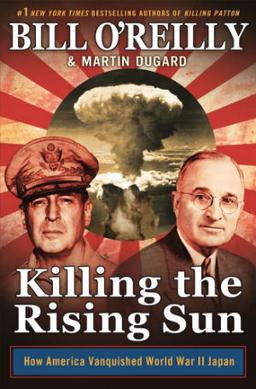
Killing the Rising Sun: How America Vanquished World War II Japan is a book written by Bill O'Reilly and Martin Dugard about the Pacific War and concludes with details of the Atomic bombings of Hiroshima and Nagasaki in August, 1945. It is the sixth book in the Killing series, following Killing Lincoln, Killing Kennedy, Killing Jesus, Killing Patton and Killing Reagan. The book was released on September 13, 2016.
